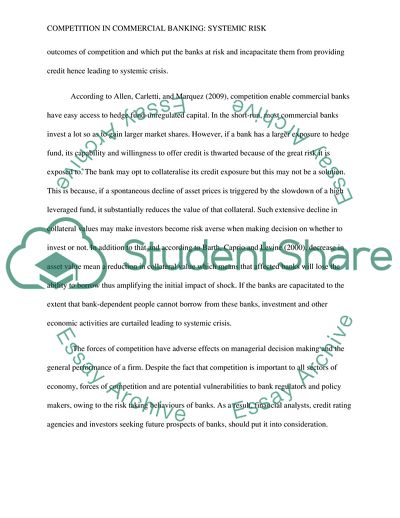Cite this document
(International banking Assignment Example | Topics and Well Written Essays - 2000 words, n.d.)
International banking Assignment Example | Topics and Well Written Essays - 2000 words. https://studentshare.org/finance-accounting/1862649-international-banking
International banking Assignment Example | Topics and Well Written Essays - 2000 words. https://studentshare.org/finance-accounting/1862649-international-banking
(International Banking Assignment Example | Topics and Well Written Essays - 2000 Words)
International Banking Assignment Example | Topics and Well Written Essays - 2000 Words. https://studentshare.org/finance-accounting/1862649-international-banking.
International Banking Assignment Example | Topics and Well Written Essays - 2000 Words. https://studentshare.org/finance-accounting/1862649-international-banking.
“International Banking Assignment Example | Topics and Well Written Essays - 2000 Words”. https://studentshare.org/finance-accounting/1862649-international-banking.


